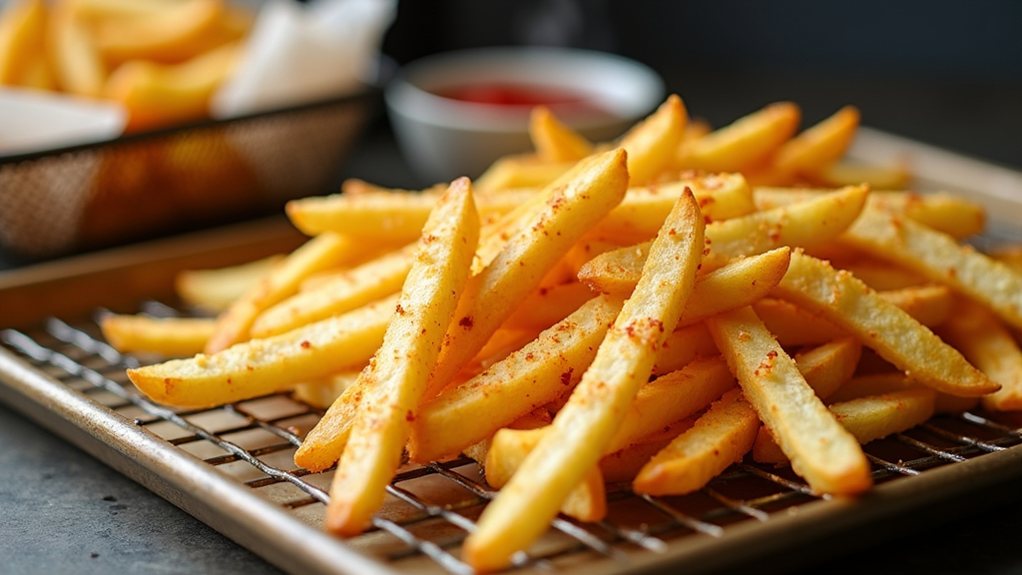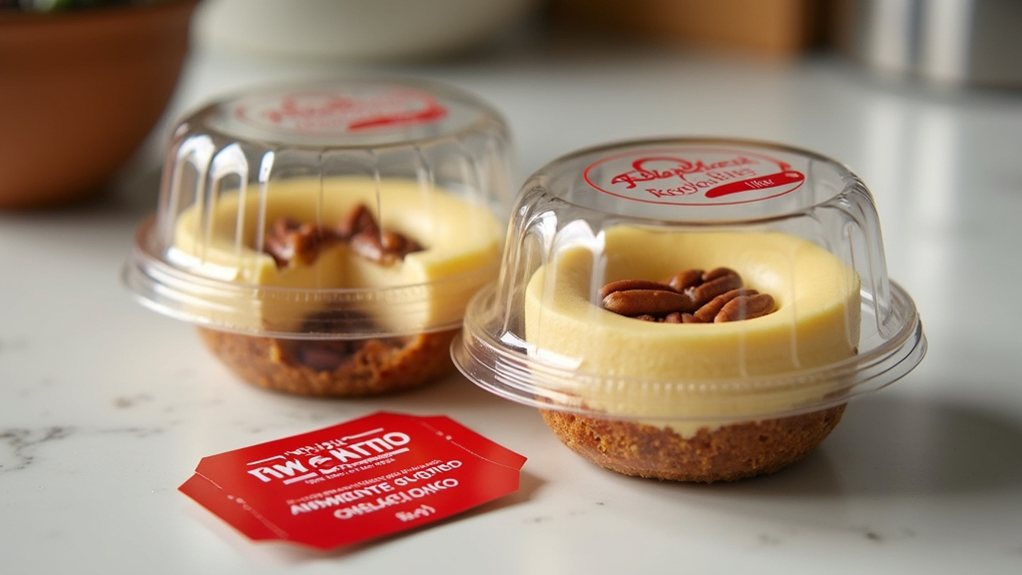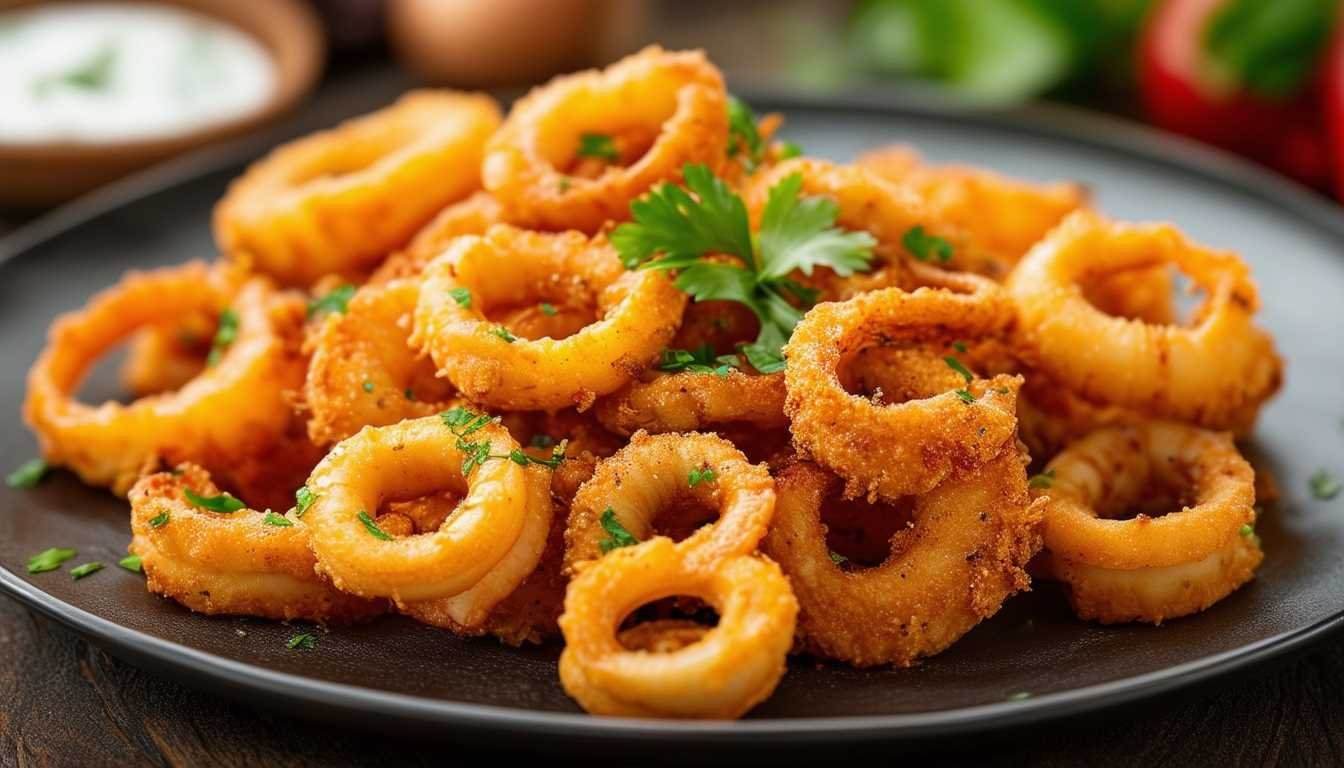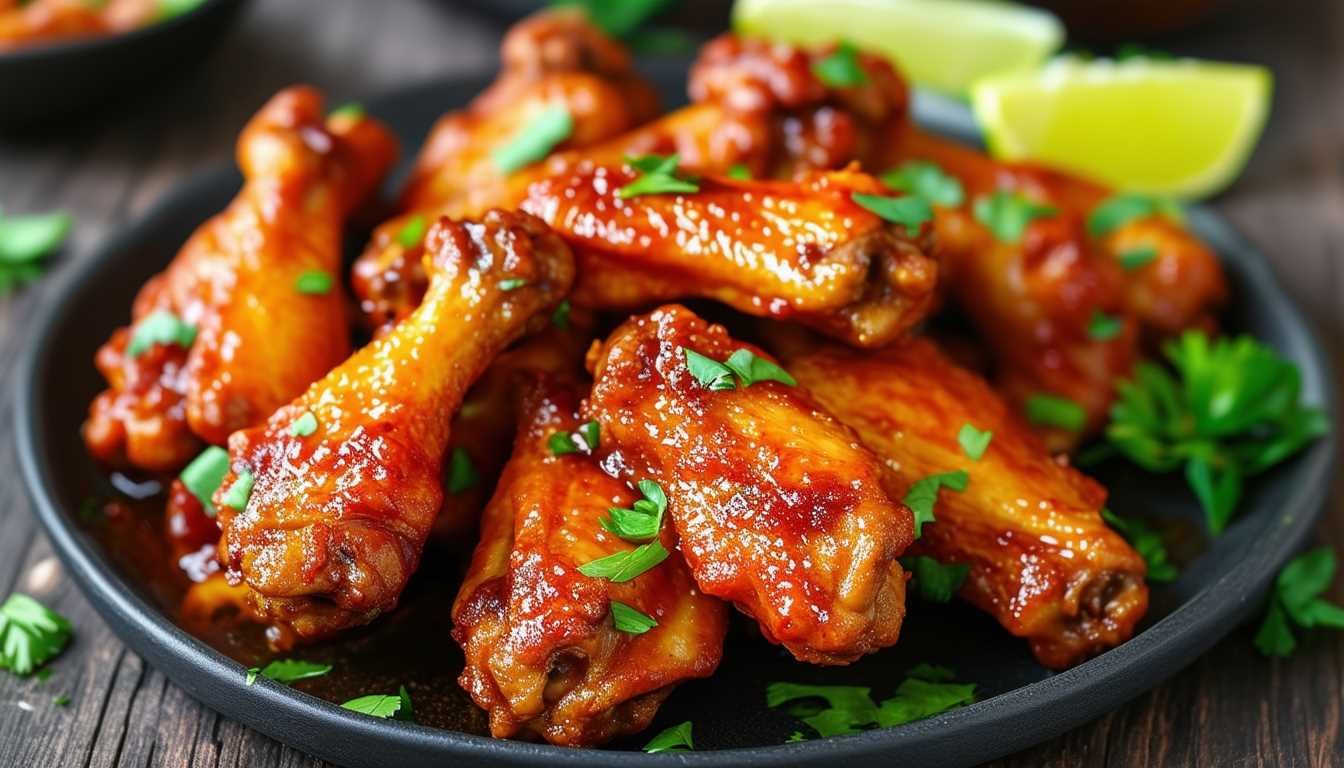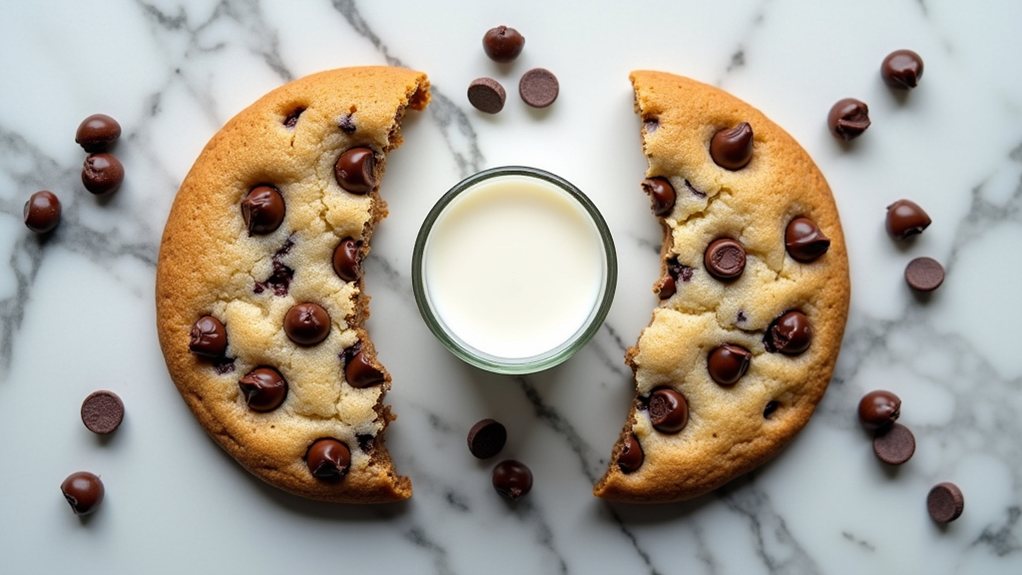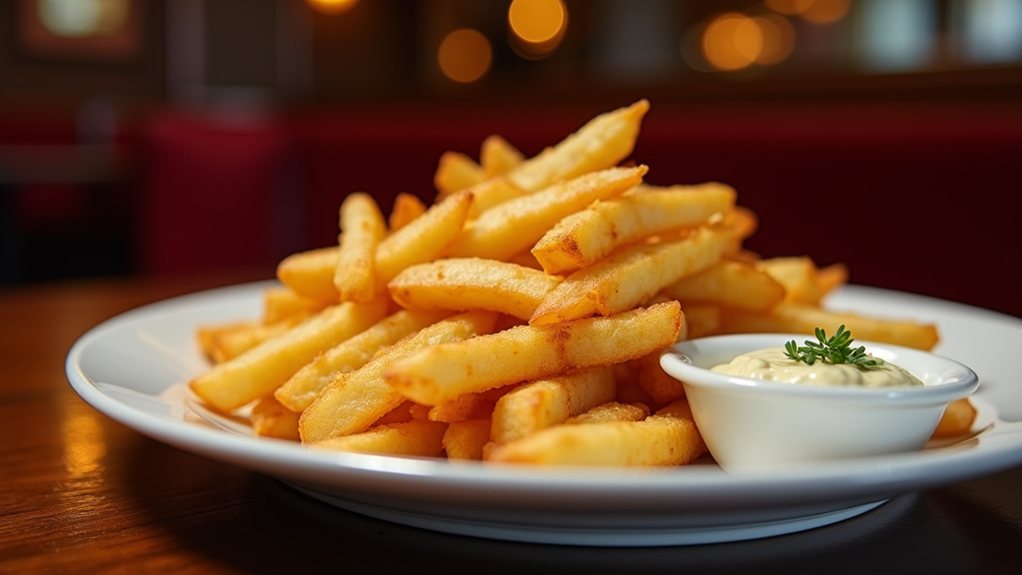Most home cooks make critical mistakes when preparing frozen French fries, transforming potentially crispy delights into soggy disappointments. The common practice of thawing before baking or cramming too many fries onto a single tray disrupts the cooking process, while incorrect temperature settings further compound the problem. Proper technique involves a few surprisingly simple adjustments that make dramatic differences in texture and taste. The science behind perfect fries reveals why these small changes matter so much.
The Perfect Frozen Fry Method
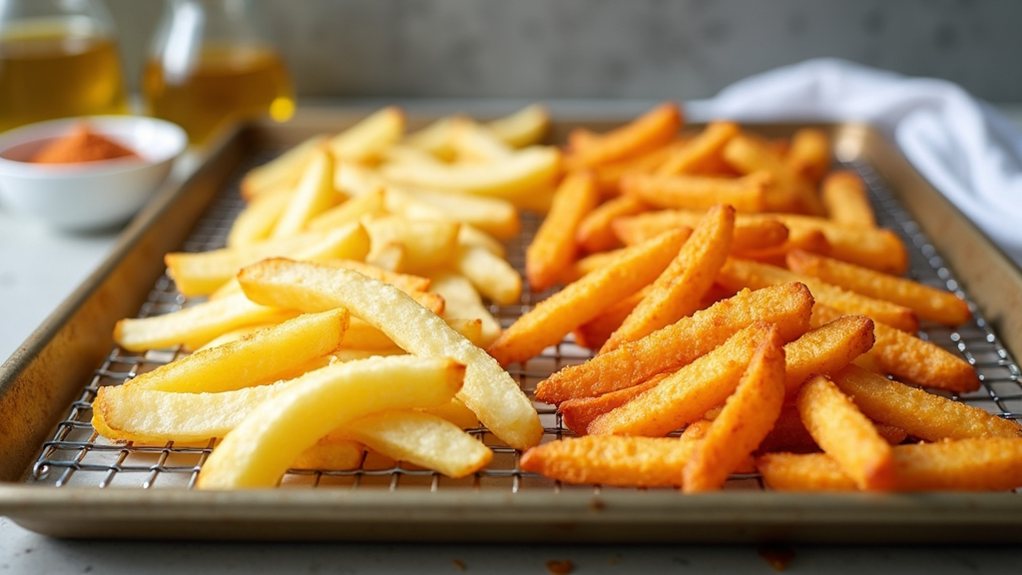
Few kitchen staples offer the convenience and satisfaction of frozen French fries, which transform from solid to sizzling in a matter of minutes. Yet many home cooks unintentionally sabotage their frozen fries by making common preparation mistakes, leading to disappointingly soggy results instead of the crispy, golden treats they crave.
The initial critical error occurs before cooking even begins: thawing. Contrary to intuition, frozen fries should go directly from freezer to heat source, as thawing breaks down their structure and releases moisture that prevents proper crisping.
Temperature is equally crucial, with most cooking methods requiring thorough preheating—425°F for ovens, 400°F for air fryers, or 350-375°F for deep frying. Preheating your oven to 500°F for about 10 minutes creates optimal frying conditions that help develop that restaurant-quality crispy exterior.
Overcrowding represents another frequent misstep in the pursuit of perfect fries. When too many fries huddle together on a baking sheet or in an air fryer basket, they steam rather than crisp, resulting in a limp texture. Much like cooking green beans, a single layer with space between each fry allows proper airflow for that desirable crunch on all sides. A single layer with space between each fry allows hot air to circulate properly, creating that coveted crunch on all sides.
For oven preparation, raising fries on a wire rack considerably improves results by allowing heat to reach every surface. This simple adjustment, combined with a mid-cooking toss or shake, guarantees even browning and consistent texture throughout.
Oil usage requires moderation—just enough to promote browning without drowning the potatoes in excess fat. Package directions often recommend shorter cooking times than actually needed, so extending baking by several minutes will yield crispier results that rival restaurant quality. Air fryers deliver the same delicious taste with less oil usage, making them a healthier alternative for french fry enthusiasts.
Seasoning technique impacts flavor development greatly. While salt remains vital, home cooks can enhance their frozen fries with herbs like parsley, spices such as paprika or garlic powder, or even unexpected additions like sumac or citrus zest. Adding these elements at the right stage—typically before or immediately after cooking—guarantees maximum flavor absorption.
Air fryers offer perhaps the most foolproof method, delivering restaurant-quality results in approximately 15-18 minutes total, with a basket shake halfway through. This approach provides the ideal balance between health-conscious cooking and indulgent texture, using minimal oil while achieving maximum crispiness—proving that convenient food needn’t sacrifice quality when prepared correctly.
